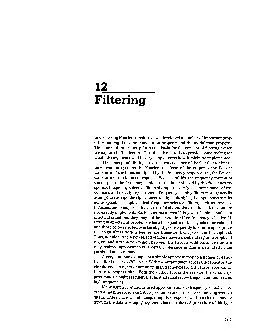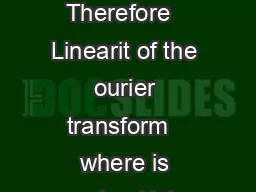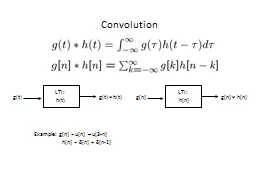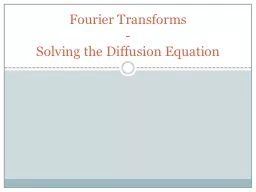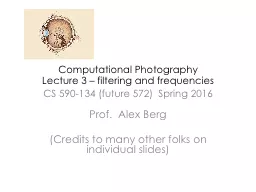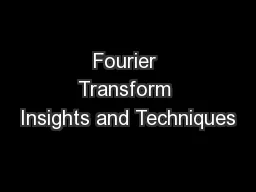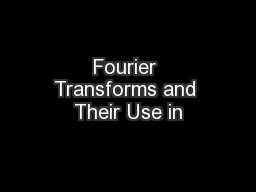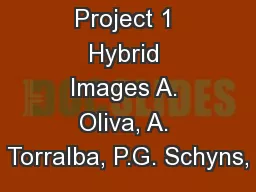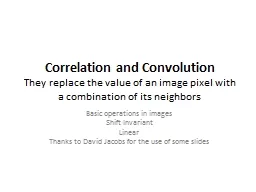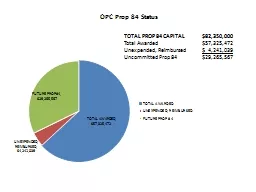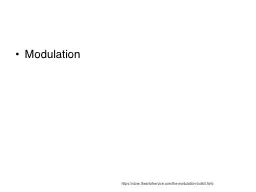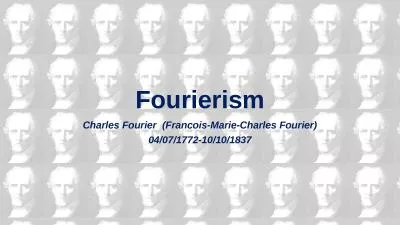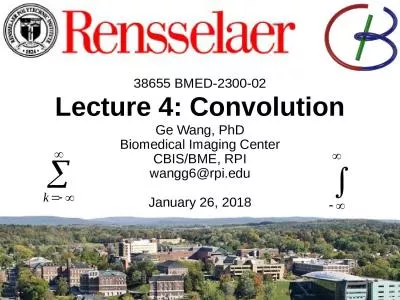PDF-Filtering In discussing Fourier transforms we developed a number of important prop erties
Author : celsa-spraggs | Published Date : 2014-12-24
The convolution property forms the basis for the concept of filtering which we explore in this lecture Our objective here is to provide some feeling for what filtering
Presentation Embed Code
Download Presentation
Download Presentation The PPT/PDF document "Filtering In discussing Fourier transfor..." is the property of its rightful owner. Permission is granted to download and print the materials on this website for personal, non-commercial use only, and to display it on your personal computer provided you do not modify the materials and that you retain all copyright notices contained in the materials. By downloading content from our website, you accept the terms of this agreement.
Filtering In discussing Fourier transforms we developed a number of important prop erties: Transcript
Download Rules Of Document
"Filtering In discussing Fourier transforms we developed a number of important prop erties"The content belongs to its owner. You may download and print it for personal use, without modification, and keep all copyright notices. By downloading, you agree to these terms.
Related Documents

